Does anyone have first hand experience installing a vinyl liner in a painted concrete pool?
I think my pool is an ideal candidate as it has all straight walls and square corners
with no steps. The bottom is flat and has a continuous slope to the deep end (it is not a hopper).
It is basically just a poured concrete box in the ground similar to a basement for a house.
I estimate the pool to be 35-40 years old. My house was built in 1965, but I have only been
here about 1.5 years so I don't know for sure. There are many cracks in my pool and it also
needs a new coat of epoxy paint. The structure of the pool itself is sound, but most
of the cracks have previously been repaired and are leaking again.In the long term,
I think converting to a liner may be the cheapest solution.
I know I need to convert the return fittings, main drain and light to work with a liner.
My existing skimmer box already has a face plate for a liner, so that will save some work.
I have also started researching the aluminum channel which holds the liner in place.
I guess I am looking for some feedback from someone who has successfully done this
and is happy with the results. I will post some pictures if anyone has some interest.
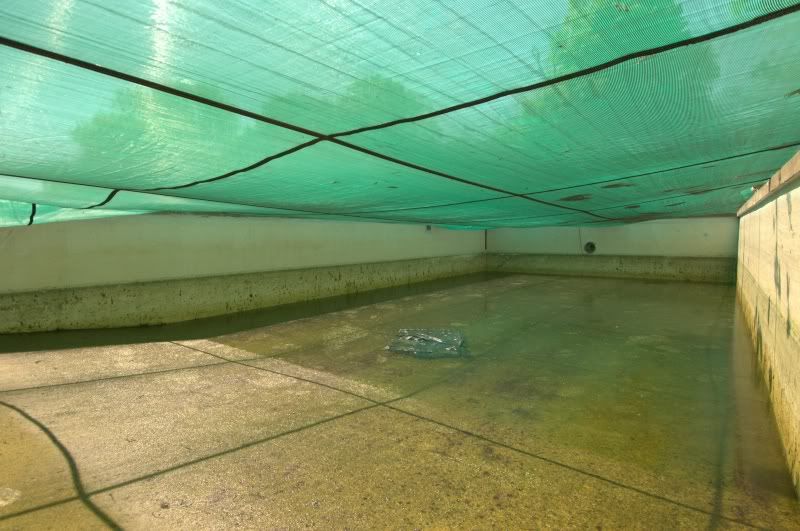
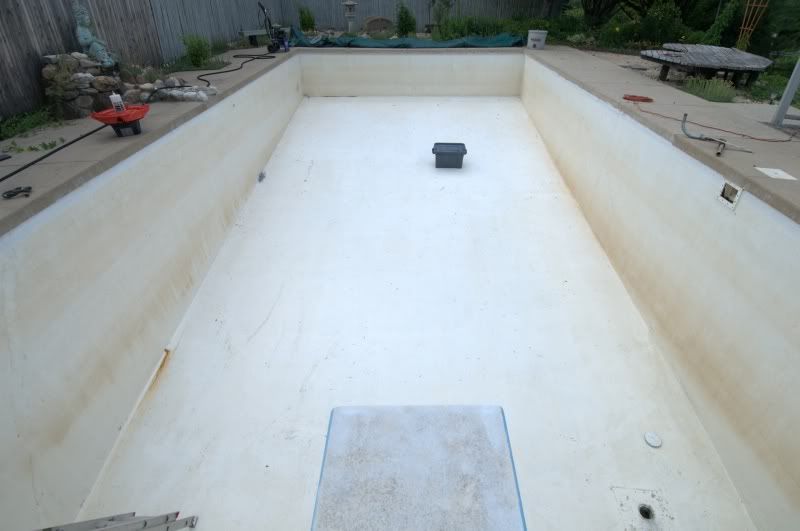

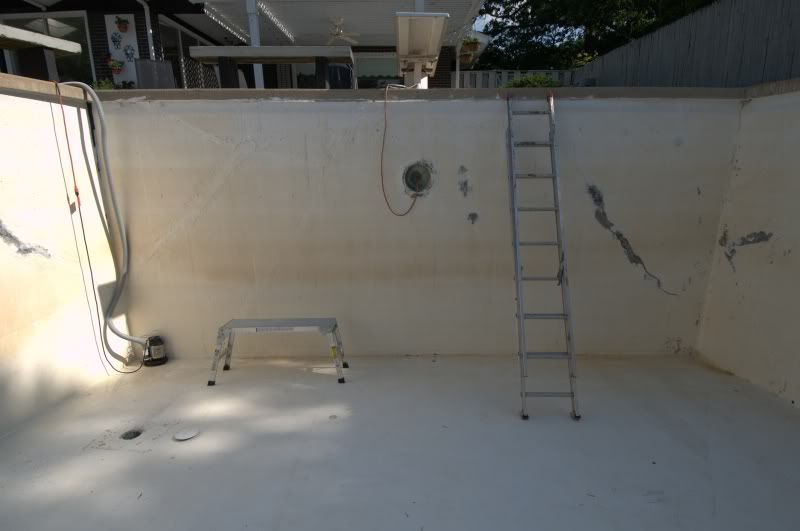
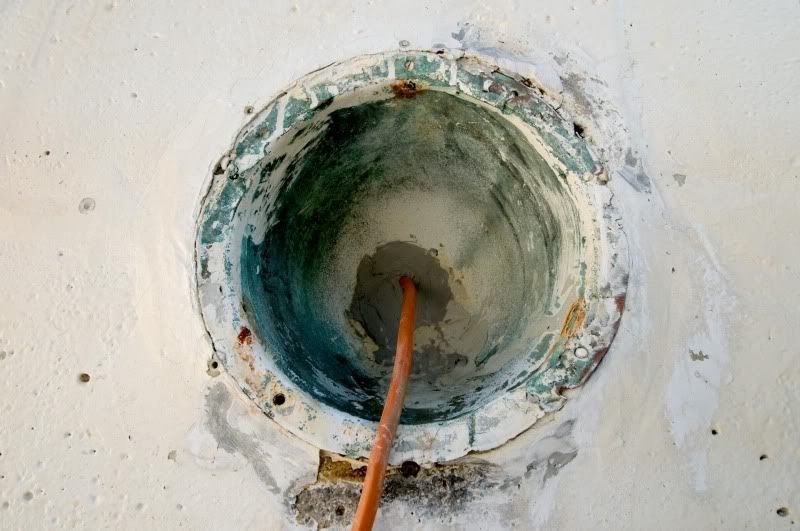

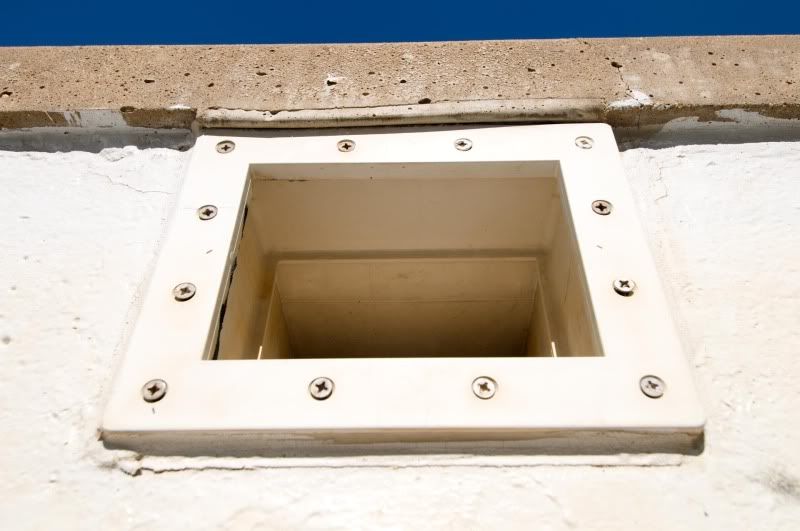
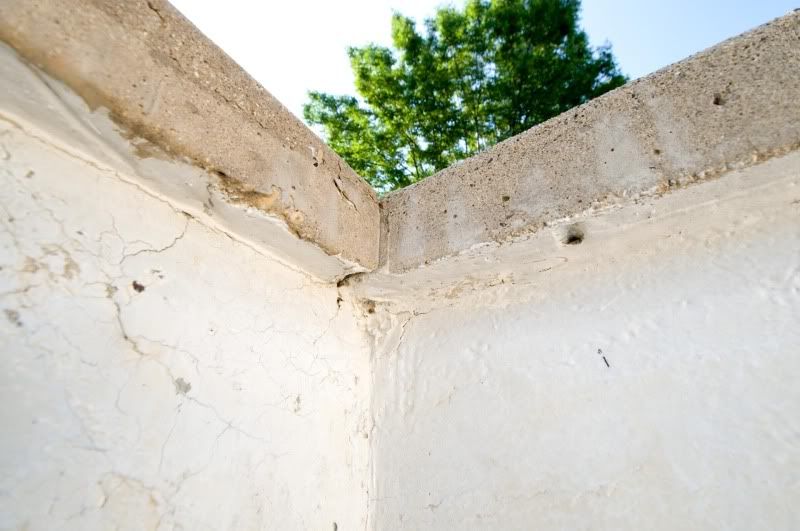
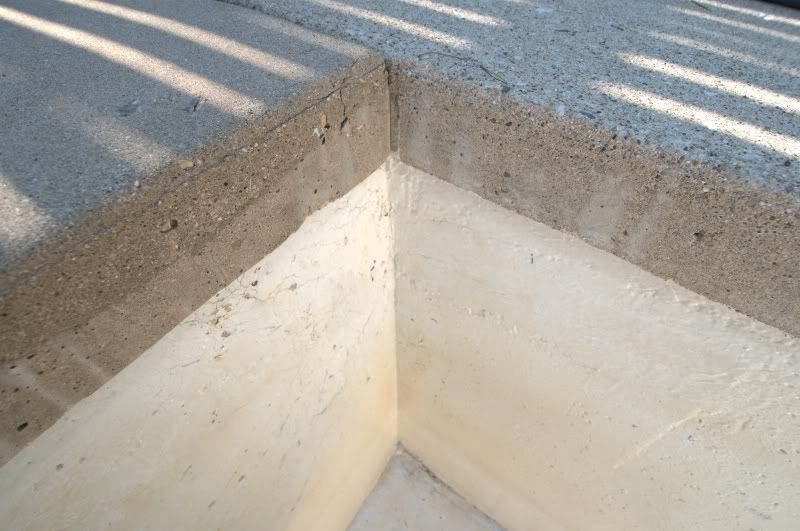
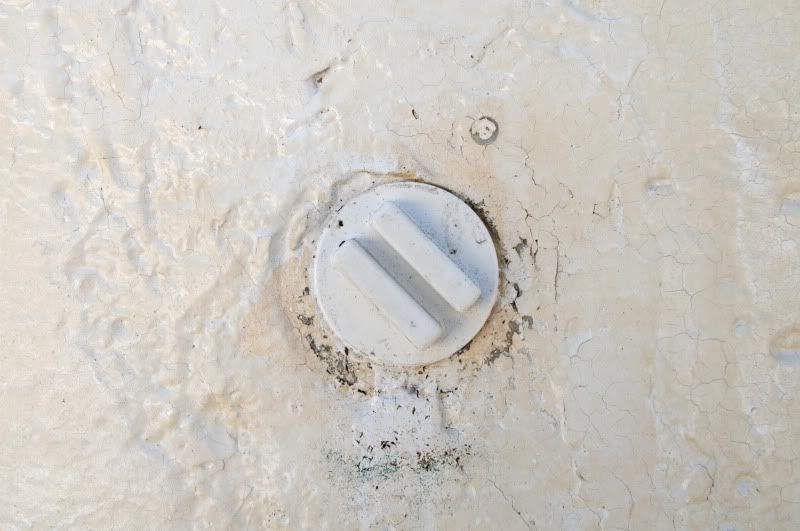
Cheers,
Brad
I think my pool is an ideal candidate as it has all straight walls and square corners
with no steps. The bottom is flat and has a continuous slope to the deep end (it is not a hopper).
It is basically just a poured concrete box in the ground similar to a basement for a house.
I estimate the pool to be 35-40 years old. My house was built in 1965, but I have only been
here about 1.5 years so I don't know for sure. There are many cracks in my pool and it also
needs a new coat of epoxy paint. The structure of the pool itself is sound, but most
of the cracks have previously been repaired and are leaking again.In the long term,
I think converting to a liner may be the cheapest solution.
I know I need to convert the return fittings, main drain and light to work with a liner.
My existing skimmer box already has a face plate for a liner, so that will save some work.
I have also started researching the aluminum channel which holds the liner in place.
I guess I am looking for some feedback from someone who has successfully done this
and is happy with the results. I will post some pictures if anyone has some interest.










Cheers,
Brad



 It's like painting, the surface HAS to be properly prepped to end up with a good job! For you, this means chipping out the old patch and any parts of the existing shell that are no longer structurally sound and creating a watertight bond (there should be directions on whichever product you end up using)
It's like painting, the surface HAS to be properly prepped to end up with a good job! For you, this means chipping out the old patch and any parts of the existing shell that are no longer structurally sound and creating a watertight bond (there should be directions on whichever product you end up using)